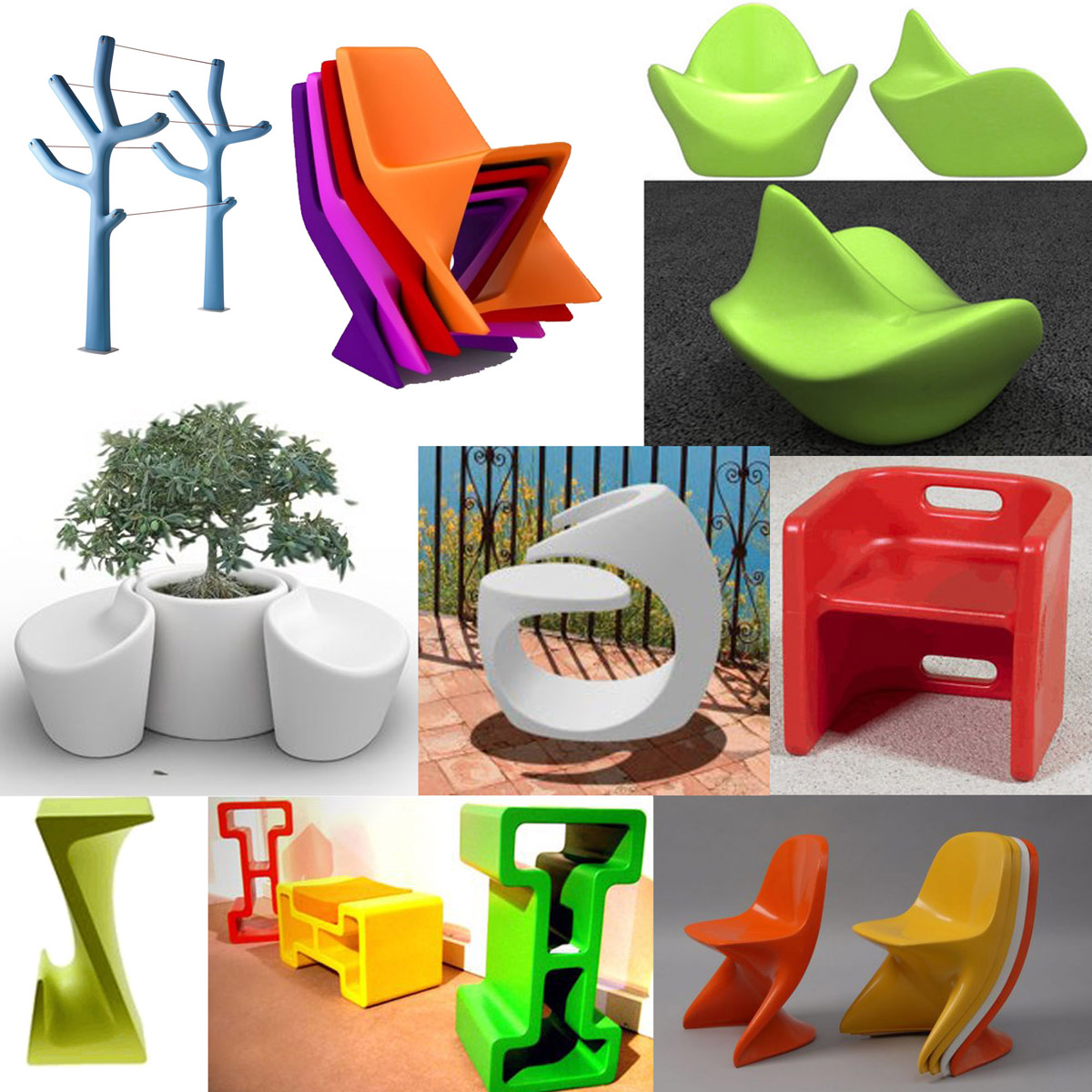Polyethylene is commonly used to produce rotational molding products and this kind of material has its own characteristics.
1. Due to the chemical features and non-polarity of its surface, polyethylene is difficult to adhere and print. Polyethylene is easy to have some chemical reaction such as photo- oxidation, thermal oxidation, ozonolysis and halogenation . However, after being oxidized, flame treatment and corona discharged, polyethylene can have good adhesion and printing properties.
2. Polyethylene is a kind of macromolecular compound that formed by addition polymerization of ethylene, and based on polymerization conditions, the number of molecule may varies from one to several million. Polyethylene is white and semi-transparent, little flexible, non-toxic and flammable. When melting, it smells like paraffin. The performance of polyethylene is related to its molecular as well as the degree of crystallization.
3. Many mechanical properties of polyethylene are determined by the density and melt flow rate of its material. From high density polyethylene to low density one, the density variation is within 0.90-0.96g / cm³. The melt flow rate varies widely, form 0.3 to 25.0 or more.
4. Polyethylene has low glass transition temperature, about 125 ℃, however, in a wider temperature range, it can maintain the mechanical properties. The equilibrium melting point of linear polymeric polyethylene is 137℃, and it’s difficult to reach the balance point. Generally, during processing, the melting point ranges 132 ℃ to 135 ℃. The ignition temperature is 340 ℃, the auto-ignition temperature is 349 ℃, and dust ignition temperature is 450 ℃. The melt flow rate is depending on molecular size. When mixed with different molecular, the melt flow rate will also be different.
5. Polyethylene has excellent water resistance so that it can keep physical properties in high humidity or waters. However, the concentrated sulfuric acid, concentrated nitric acid and other oxidizers will gradually erode the polyethylene. In aliphatic hydrocarbons, aromatic hydrocarbon and hydrochloric ether, the polyethylene will be swollen, but can restore to original performance as long as the swelling agent be volatilized. When the temperature is below 60 ℃, the polyethylene can resist most swelling agent, however, when the temperature is above 70 ℃, the polyethylene will be eroded in the agent. With the increasing temperature, the polyethylene will also be dissolved in agents. Polyethylene that separated from the solution can form paste or gel according to different temperatures after cooling.
